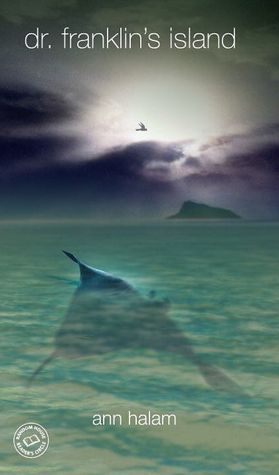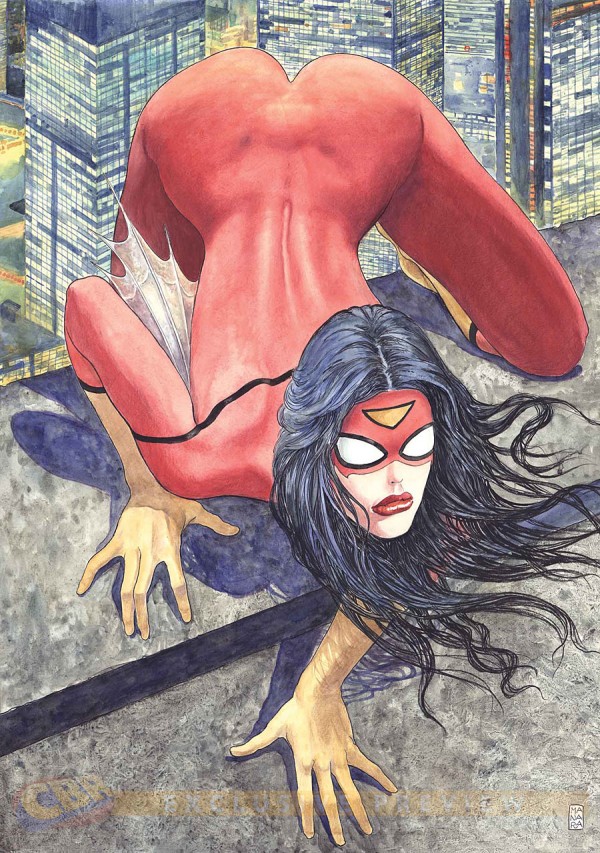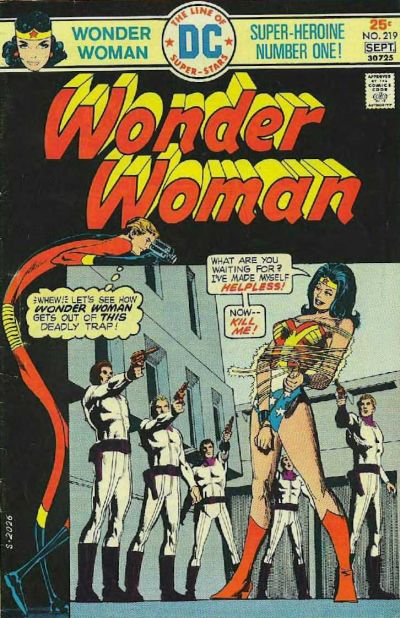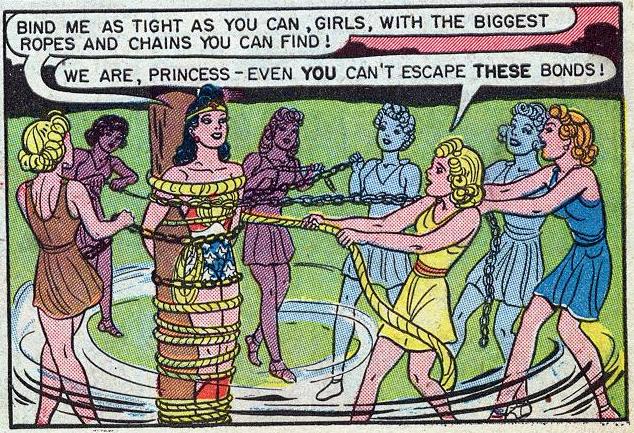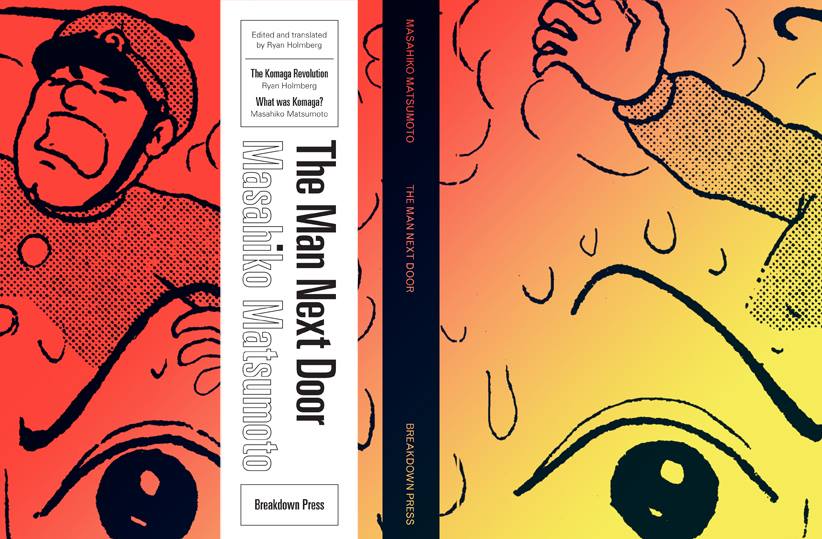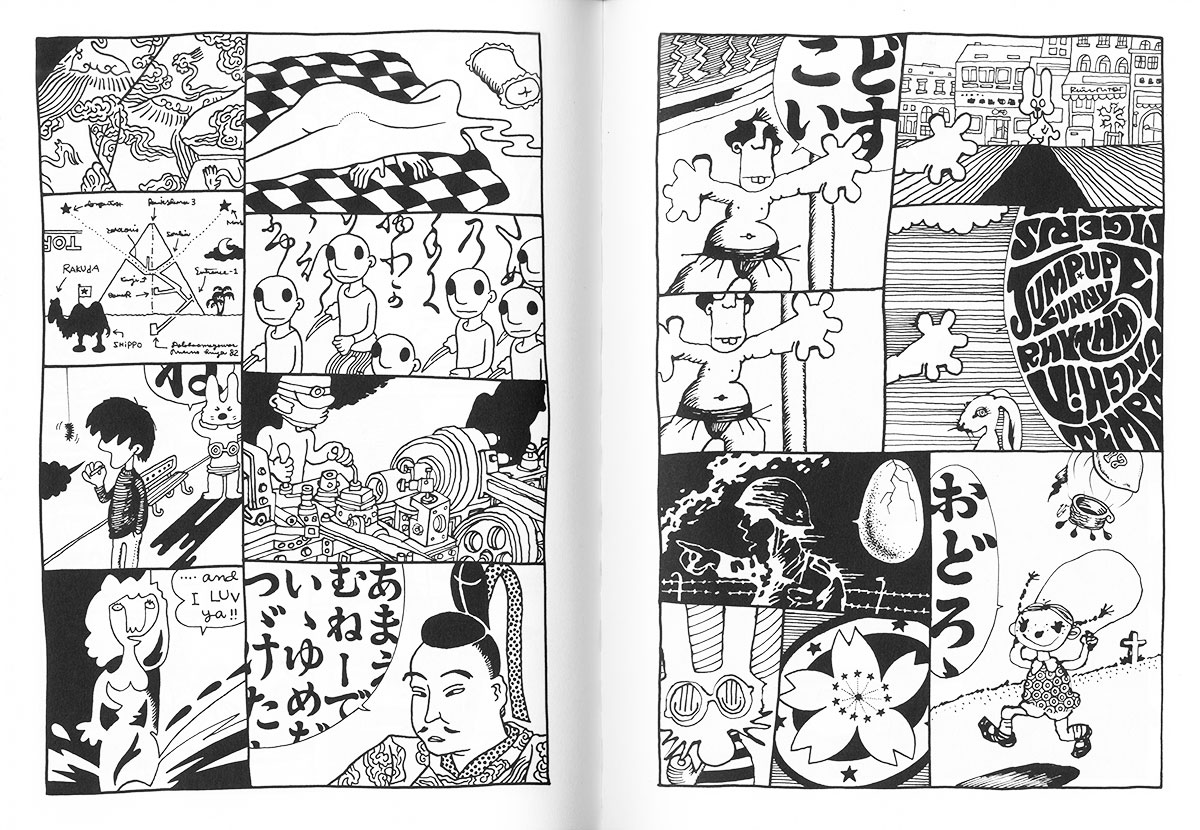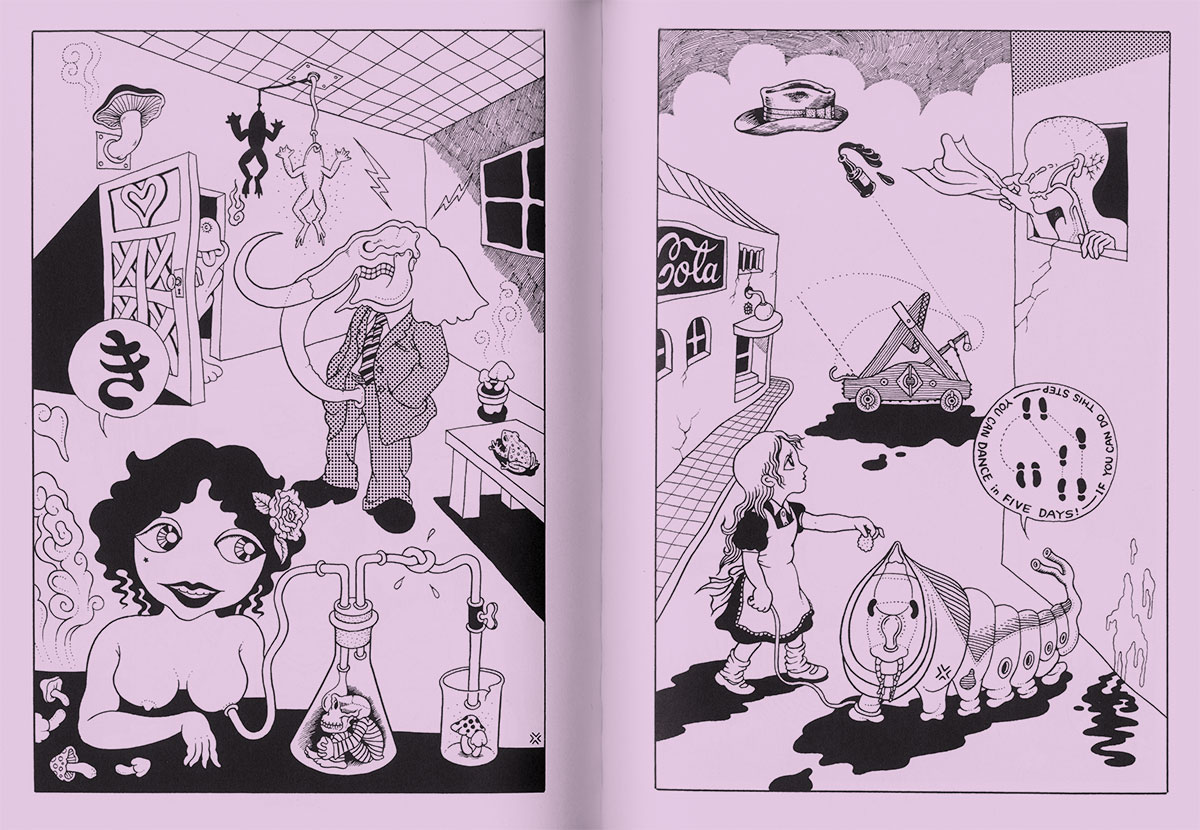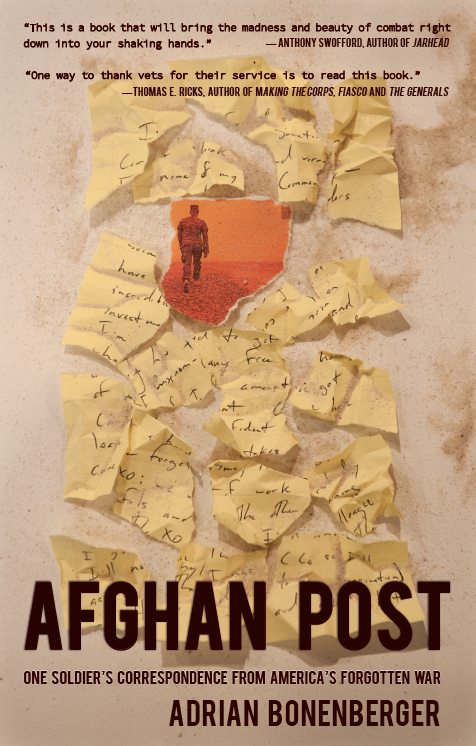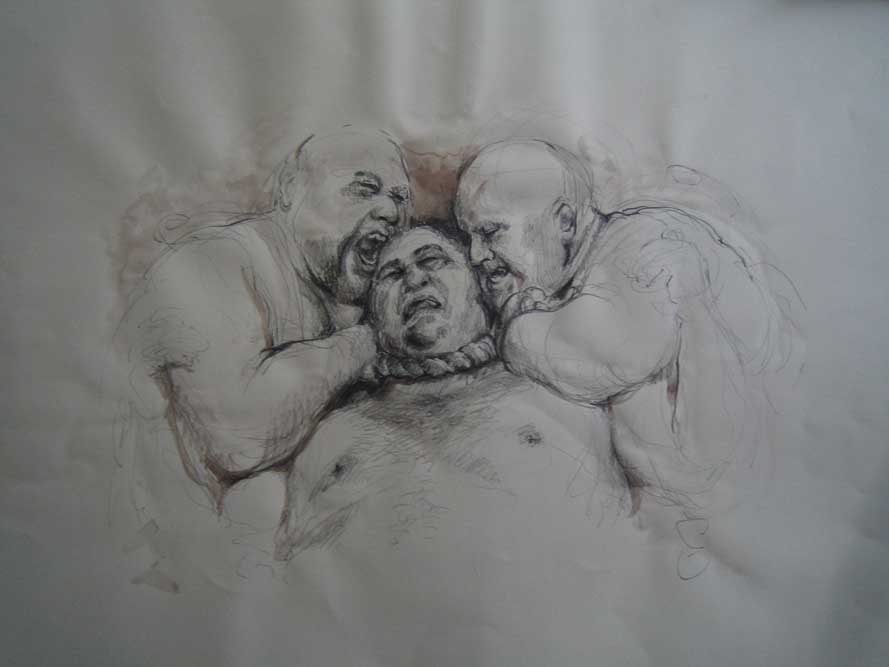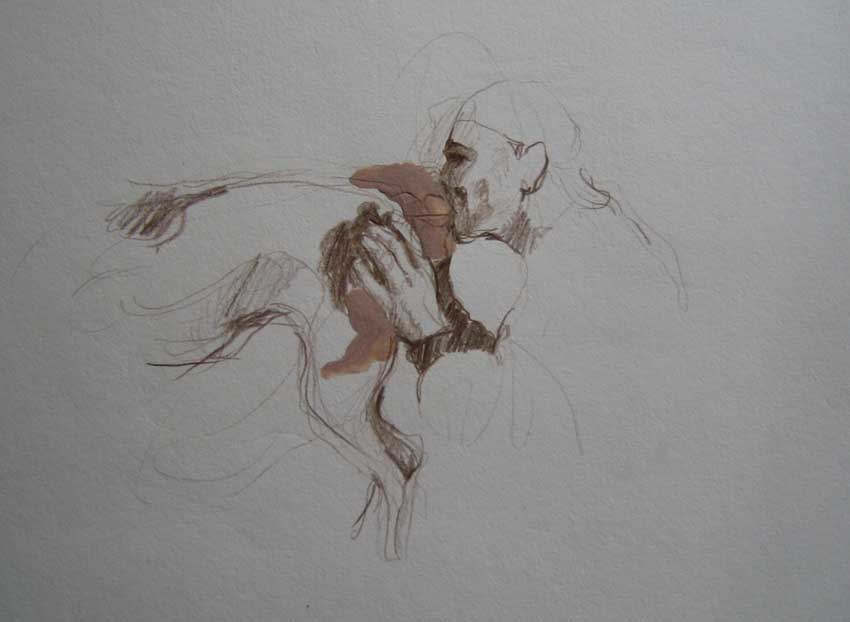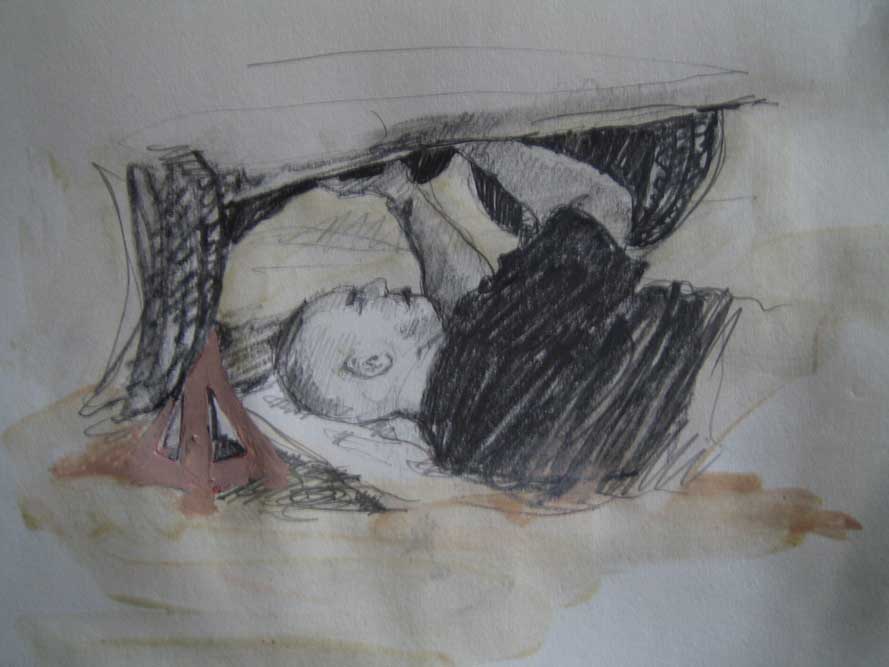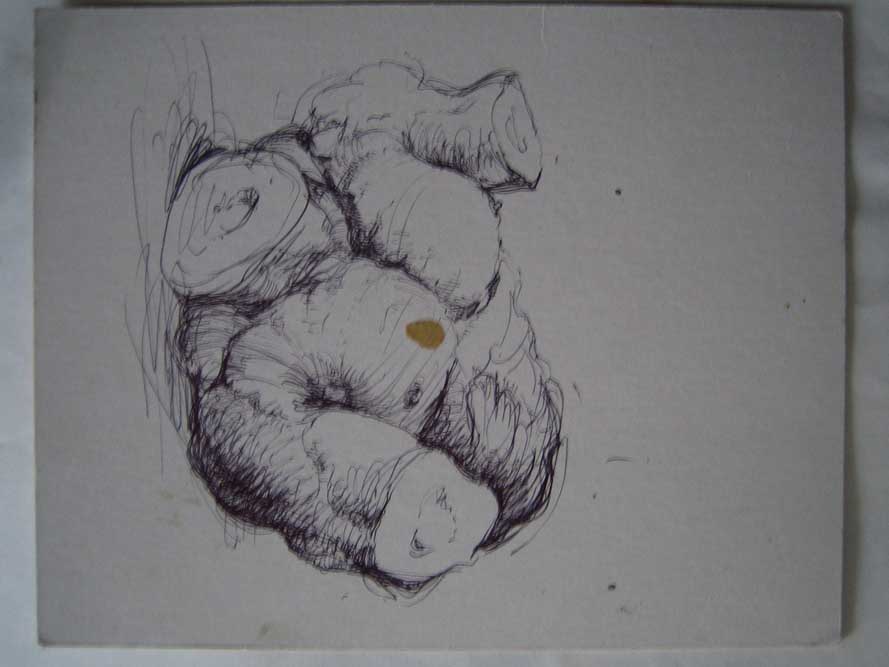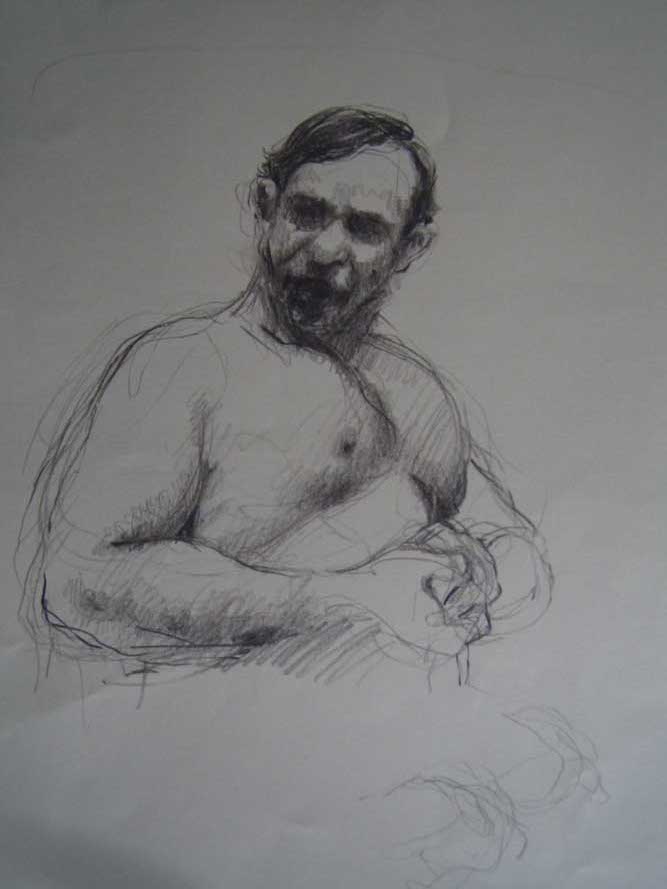This is a sideways introduction to our roundtable on The Best Band You’ve Never Heard Of, which will begin next week. An index to the roundtable is here.
________________
The Hunger Games is a best-selling book that pretty clearly always intended, or at least wanted, to be a best-selling book. Katniss has become a recognizable one-word brand, like Beyoncé or Rihanna — and that iconic fame in our world simply mirrors her celebrity status in the world of the book. The Hunger Games can be seen in some ways as a satire of reality TV and the rapacious culture of fame, but the emphasis on viewing and spectacle also seems like a kind of dream, or wish — Suzanne Collins imagines everyone watching Katniss as a self-fulfilling prophecy. Everyone will watch Katniss; she is, and was always meant to be, a rock star.
“Dr. Franklin’s Island,” by Ann Halam (Gwyneth Jones) on the other hand, is an unknown YA book that seems like it always intended to be unknown. The novel is told from the point of view of Semi, a shy science nerd who’s won a trip to a research facility accompanied by other science nerds and a couple of television personalities. Semi finds the pospect of interacting with all the other kids, much less being televised, terrifying — and in response to her wish, the plane crashes in the middle of the sea, and everyone dies except her, a cool girl named Miranda, and a cranky, unpleasant boy named Arnie.
The three have some amazing adventures; the island is controlled by mad scientist Dr. Franklin, who injects them with animal DNA and transforms them into superhero animal people. But this isn’t a superhero story where the hero saves the world and everyone cheers. Instead, the action of the story is all almost completely private. One of the loveliest passages in the book, and in some sense the most spectacular, occurs after Semi is transformed into a manta ray.
I was floating in water. It was over me, under me, all around me. It was the air that I breahted. I wasn’t frightened. I still felt good, and delighted with my new body. Sunlight was warming my back, and that felt very nice. I glided up toward the shimmering liquid light, until I was breaking the surface and looked around.
Katniss’ big moment is triumphing on TV; Semi’s is just the sensation of being in her body; of swimming within the prose, quiet, unobserved, inward turned.
Shortly after this, Semi sees her friend Miranda, transformed into a bird, and then realizes that the two can’t speak to each other. The isolation is terrifying…but
Next thing I knew, everything was white. It was like being inside a cloud: like being surrounded by the dazzling, soft, white cloud-country you sometimes see from a plane window. I saw Miranda, standing with her back to me. I knew it was Miranda at once, Miranda the way I remembered her from the beach.
From the isolation of the water, Semi goes to a no-space. This turns out to be a kind of imaginary meeting place enabled by telepathy — but it also could be read as reading; the white cloud-country is the blank of the page, and the connection between Semi and Miranda is the private, quite connection you have when you have with Semi when you read the book. Rather than a hero who competes and wins and gains the adoration and pity of crowds, Halam’s book leads her shy character through a series of escalating isolations — from island, to manta ray, to cloud telepathy. There are adventures and dangers and friendship, but none of it is acted out in public; it’s all a secret. The world never finds out what happens to Dr. Franklin, or hears about his experiments; the kids manage to change back to human, and have the ability to resume their animal forms, but they’re (understandably) afraid of being experimented on, and never tell anyone. This is the last passage in the book.
I know that we can transform again. I believe it will happen, some way, somehow. I think about breathing water and swimming through the music of the ocean. I think about having a skeleton of supple cartilage instead of brittle bone. I think about feeling my whole body as one soaring, gliding, sweeping wing. I know that Miranda will never forget being able to fly. I dream of another planet, with an ocean of heavy air, where I can swim and she can fly, where we can be the marvelous creatures that we became; and be free, together, withno bars between us. I wonder if it exists, somewhere, out there….
An uninhabited island isn’t enough; Semi wants to go away to a whole different planet, where she and Miranda can change and be together, alone. In part, this seems like a gracefully hyperbolic extension of the closet; a gay utopia of sensuous transformation where the atmosphere is different enough that unnameable love is possible. But it’s also a dream of invisibility — to be lost, in a different form. It’s even a kind of invisibility within invisibility; this isn’t something that “really happens” in the novel — it’s a wish, a coda, outside the narrative, a fantasy within the science-fiction, imagined within imagination, both buried under and outside the story. It is displaced; a vision without a viewer.
The pleasure of The Hunger Games seems like it is in large part, and is meant to be in large part, the pleasure of participating in a pop culture phenomena; it’s about watching with everyone, and being part of the everyone through watching. Dr. Franklin’s Island instead enjoys being somewhere, and something, unseen. While everyone else is talking about Katniss, Semi swims on her own page, through music no one has heard.

